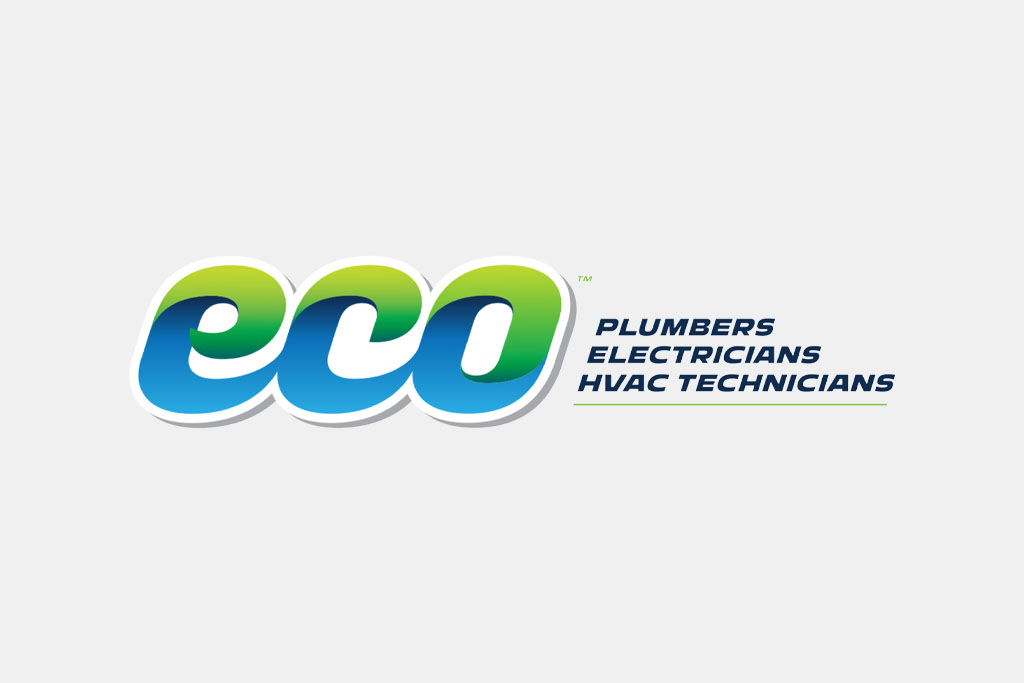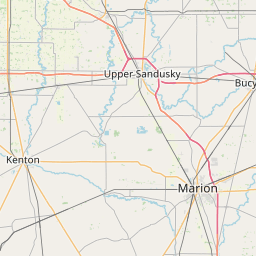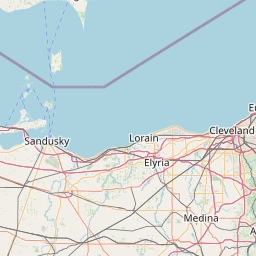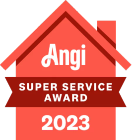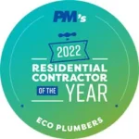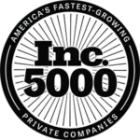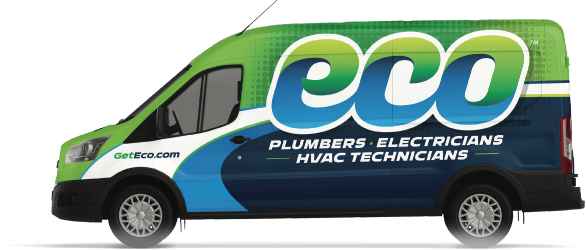Archaeologists uncovered copper water pipes dating to 4,000 to 3,000 BCE in an ancient palace in the Indus River Valley of India. Copper pipes have appeared in cultures throughout the ancient world, including Egypt, Greece, and Babylon under Hammurabi (known for his famous “code” – an antecedent of modern statutory law).
Romans developed one of the most elaborate plumbing systems of the classical world. Their system of aqueducts, underground sewers, public and private baths, bronze and lead piping, and marble fixtures with gold and silver filigree is the basis for most modern systems.
Roman developments in water infrastructure improved sanitary conditions and enhanced agricultural output. However, between the Roman Empire and the 19th century most plumbing enhancements were of a trivial nature as Europeans focused simply on expanding access to potable water and sanitary disposal of sewage.
20th Century Improvements and Regulatory Practices
During the 20th century, many advances in personal and public water and sewage infrastructure arose from private ingenuity and government regulations. With the invention of water closets circa 1900-1932, home sewage removal reached unprecedented levels of sanitation.
The US Building Officials and Code Administrators, formed in 1915, introduced regulations that sought to standardize plumbing on a national level. This would allow public infrastructure to serve private homes at low cost. Six years later, in 1921, the National Institute of Standards and Technology was started by President Hoover in order to accomplish this goal.
A copper shortage in 1966 led to the invention of plastic piping, which is more affordable and more environmentally friendly than lead and copper piping. The Energy Efficiency Act of the 1980s, later amended with the Energy Policy Act of 1992, was the first attempt to regulate water flow rates in plumbing. This began a continuing trend of increased focus on environmental stewardship and sustainability in the plumbing industry.
Green Plumbing: The 21st Century and Beyond
Historians and engineers are currently researching the “green” plumbing technologies of ancient civilizations. Yet the modern plumbing industry has built on the successes of the 20th century to ensure environmental and resource sustainability for future generations.
The plumbing industry is dedicated to addressing the global water shortage epidemic. Modern water and sewage infrastructure can be built more quickly and with less environmental impact than ever before. This has the potential to provide life sustaining sanitary plumbing to people who desperately need it.
Plumbing professionals are also recognizing their role in protecting the environment. They are concerned with how to effectively and sustainably provide the water needed by agriculture, the public and other industries.
The EPA’s Water Sense project is one way in which public and private industries are trying to address these concerns. They are also coming together to develop and promote the use of eco-friendly and energy-saving plumbing.
With all of the options available now and the alphabet soup of certifications, many consumers are reluctant to pursue these options. Speak to a plumbing professional who specializes in these plumbing fixtures to learn how you can save money and protect the environment.

